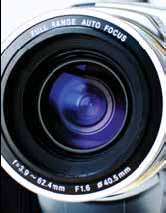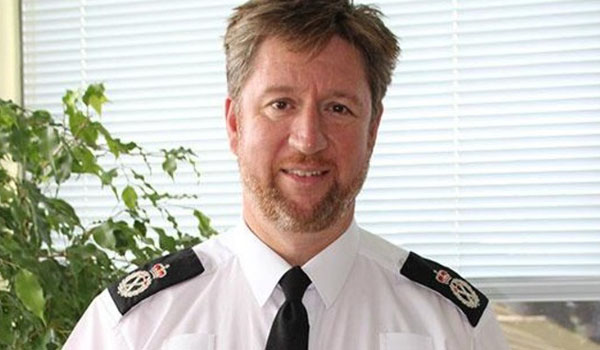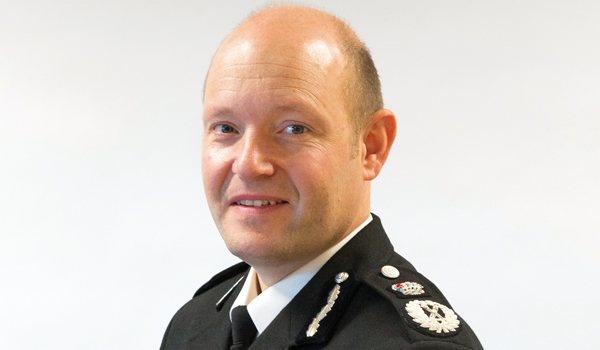Surveillance and sousveillance
With news that a US police officer has been charged with murder after a shooting was captured on mobile phone video, Josh Rayworth of the Body Worn Video Steering Group examines how video is being used not only as a tool to aid the fight against crime, but also to create transparency and trust within the community.

With news that a US police officer has been charged with murder after a shooting was captured on mobile phone video, Josh Rayworth of the Body Worn Video Steering Group examines how video is being used not only as a tool to aid the fight against crime, but also to create transparency and trust within the community.
During the Troubles in Northern Ireland, which began in the late 1960s and are generally accepted as ending with the Good Friday Agreement of 1998, a fortified perimeter known as the ring of steel was built to protect Belfast from potential attack in volatile times.
The name ring of steel later referred to the 3sq km City of London, which is covered by a large network of CCTV, often inaccurately quoted as having half-a-million surveillance cameras. The ring of static CCTV is designed to work in tandem with a road network specifically created with narrow roads and chicanes to slow down and capture drivers for anti-terrorism purposes.
Such an attack was noted as inevitable in one police report, showing how the ring of steel was a direct result of this claim.
In more recent years, the step towards body-worn video (BWV) has meant that some fear an increased Surveillance State both in and outside of London; domestically and abroad.
Until 2014, BWV camera use rose steadily but not exponentially, before exploding on the international scene after the killing of Michael Brown in Ferguson, Missouri, in the US in August last year. Meanwhile, the term sousveillance was coined by researcher, professor and inventor Steve Mann often referred to as the father of wearable computing and defined as:
Bringing the camera or other means of observation down to human level, either physically (mounting cameras on people rather than on buildings), or hierarchically (ordinary people doing the watching, rather than higher authorities or architectures doing the watching).
He said the death of Eric Garner in the US in the summer of 2014 following a police chokehold the encounter captured by a bystander on a mobile phone is an example of citizens capturing their ordinary day-to-day life activities and uncovering crimes that have previously escaped capture by surveillance that looks only from above. Clearly, there is value in looking in all directions, wrote Professor Mann in his explanatory sousveillance article, Sousveillance: Wearable Computing and Citizen Undersight.
This stems from the idea that many public citizens own a camera-capable mobile phone and can use this to document various occurrences, potentially capturing incriminating evidence. Such is the aim of police-issue BWV cameras; the point is not to police the police from the top-down, but use video as a tool to aid the fight against crime and create transpareny and trust within the community.
For example, the recent Chelsea Football Club racism incident in Paris was filmed by a member of the public and will no doubt lead to repercussions for those in the wrong. In instances such as these, where police BWV cameras were not present, it is clearly a valuable action for members of the public to feel responsible for, and support, those who work tirelessly to protect the wider community when not always available, or equipped with body cameras.
Some advocate for sousveillance as a method of undersight, the inverse of oversight used by the authorities, with a grounding in a public versus authority attitude. Unfortunately, a small minority of those in positions of responsibility do abuse their power, however, both the public and 99.9 per cent of police worldwide share a mutual ambition to eradicate such people from their ranks, as well as crime in general.
One notable Australian case, where an officer used a personal body camera to capture an incident where he was rushed at with a knife before fatally shooting the suspect, saw body cameras described as the modern day officers notebook. The capturing of the event resulted in no discrepancies as it was clear what absolute fact was leading to, and warranting




